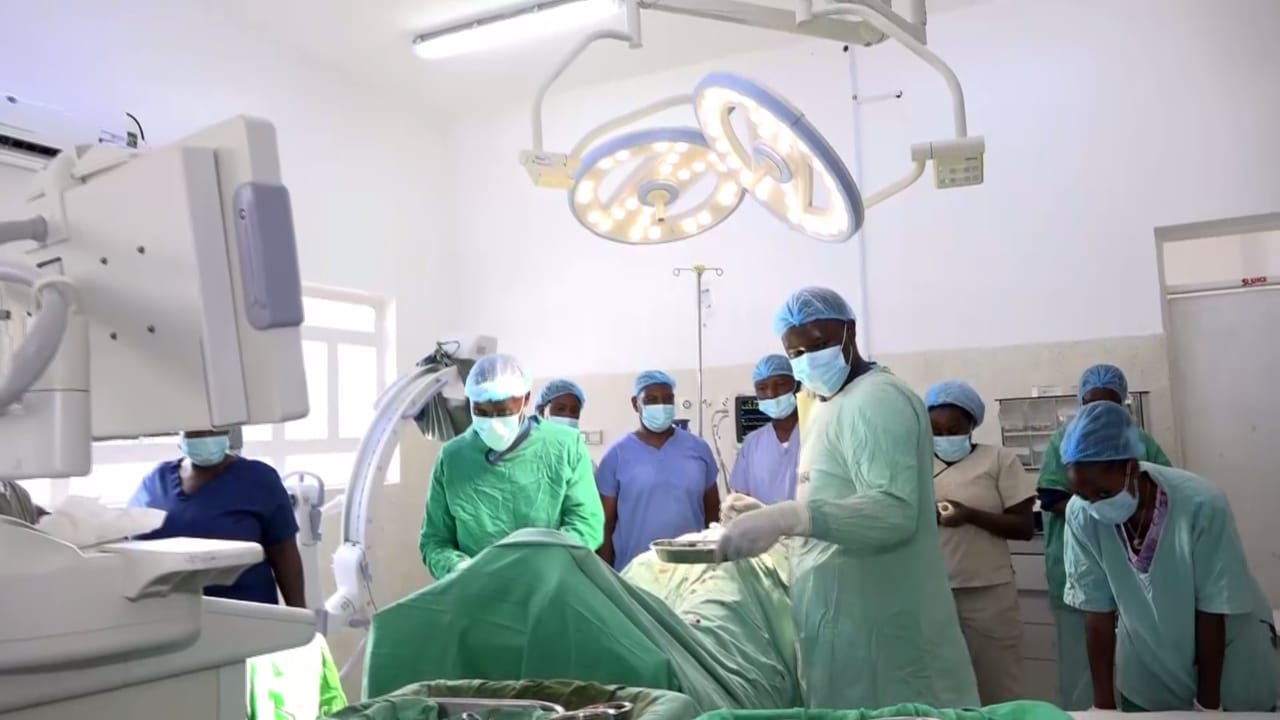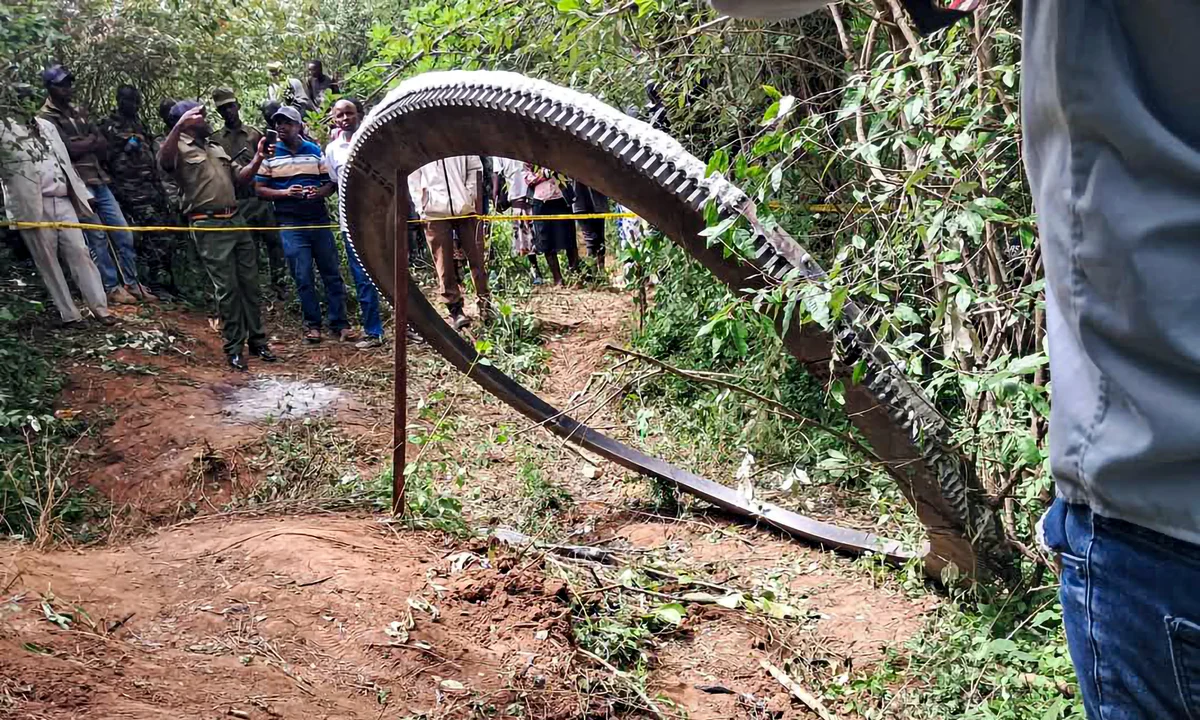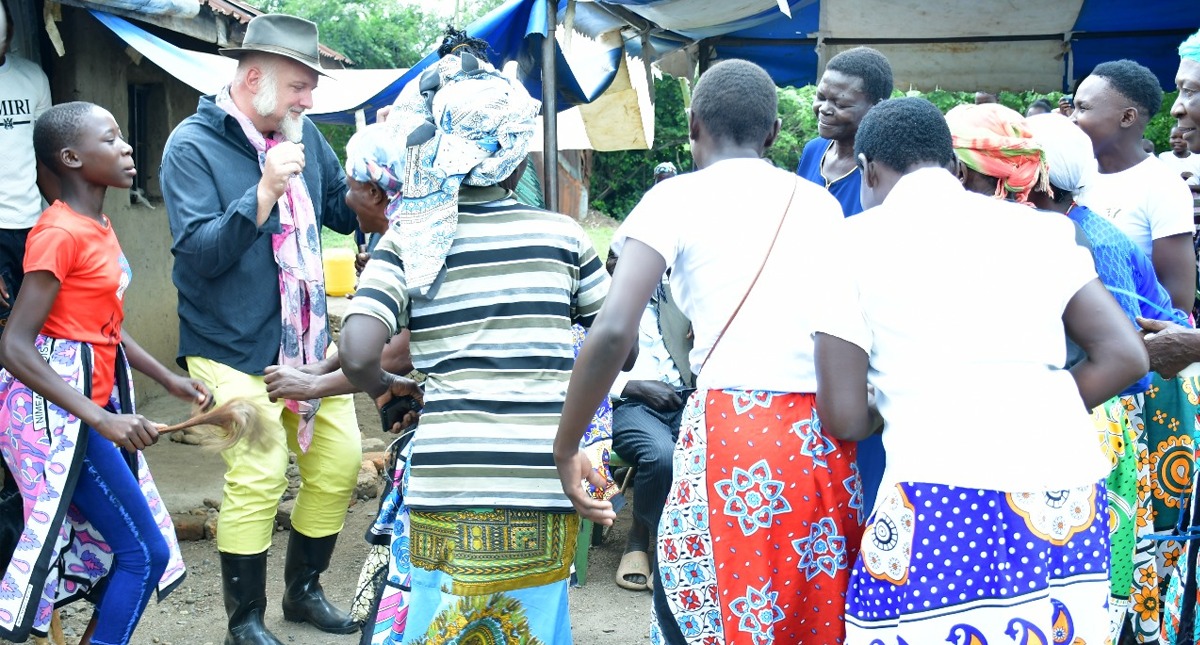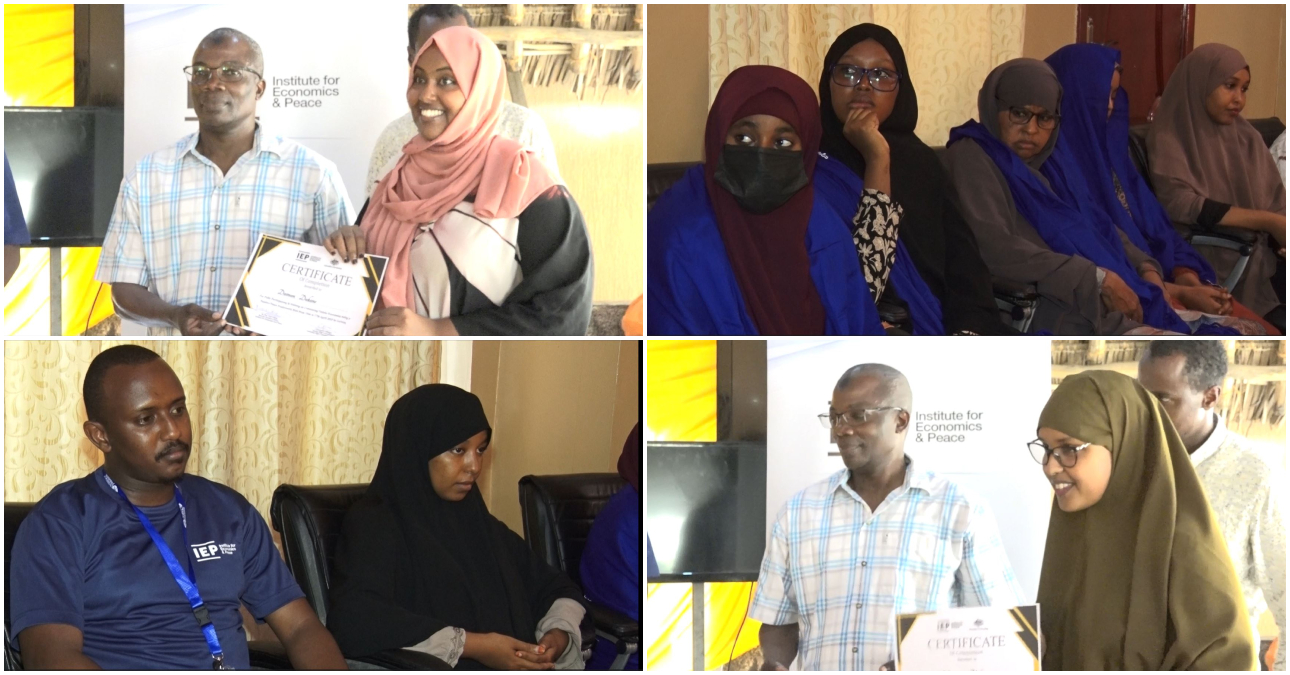Bladder cancer, though not as widely discussed as other cancers, is a significant health issue worldwide, including Kenya.
As part of the global burden of cancer, bladder cancer presents unique challenges for individuals and the healthcare system.
Despite the growing concern, early detection and treatment can make a significant difference in improving survival rates.
In this article, we’ll delve into the current landscape of bladder cancer in Kenya, highlight the role of the World Health Organization (WHO) in combating cancer, and explore ways to address this important health issue locally.
What is Bladder Cancer?
Bladder cancer is a type of cancer that begins in the cells lining the bladder, a hollow organ in the lower abdomen that stores urine.
The most common type of bladder cancer in Kenya, is urothelial carcinoma. When diagnosed early, bladder cancer is treatable, but it remains a challenge due to its tendency to recur.
A Hidden Challenge
Cancer in general is a rising public health challenge in Kenya. According to the Kenya Cancer Registry, cancer is now one of the leading causes of death in the country, with bladder cancer contributing a smaller but notable proportion of cancer cases.
Bladder cancer may not have a clear prevalence in Kenya because of underreporting, the absence of widespread screening programs, and the tendency for individuals to seek medical care only when their symptoms become severe.
Bladder cancer presents several challenges in Kenya due to various factors, including:
- Limited Awareness: Many people in Kenya are not aware of bladder cancer and its symptoms, which can lead to late-stage diagnoses.
2. Cultural Barriers: Stigma and cultural taboos may prevent individuals from seeking medical advice or being open about health issues like cancer.
WHO’s Role in Cancer Control: A Global and Local Perspective:
The World Health Organization (WHO) highlights the global burden of cancer and its impact on low- and middle-income countries like Kenya.
The WHO’s “Global Action Plan for the Prevention and Control of Noncommunicable Diseases” emphasizes that cancer is a growing issue worldwide. It calls on countries to implement national cancer control programs that improve early detection, treatment, and access to care.
In Kenya, the WHO’s initiatives align with efforts to combat cancer by strengthening healthcare systems, increasing public awareness, and improving access to necessary resources for cancer treatment. WHO emphasizes that cancer care should be part of an integrated approach to health that includes prevention, early diagnosis, and palliative care.
Risk Factors include
Bladder cancer has several risk factors, and some of these factors are more common in Kenya.
Tobacco Use: Smoking is a major risk factor for bladder cancer, and tobacco use remains widespread in Kenya. WHO reports that tobacco use is a leading preventable cause of cancer globally, and Kenya is not exempt from this risk.
Exposure to Chemicals: Workers in certain industries, such as those involved in the manufacturing of dyes, rubber, and textiles, are at an increased risk of bladder cancer.
Unfortunately, data on occupational risks in Kenya remains limited, though exposure to harmful chemicals is a concern in some sectors.
Chronic Infections: Recurrent urinary tract infections and inflammation of the bladder may increase the risk of developing bladder cancer.
In Kenya, limited access to healthcare leads to untreated chronic infections, which increases the risk of bladder cancer.
Symptoms of Bladder Cancer: What to Watch For:
Bladder cancer often shows symptoms that people might mistake for other, less serious health conditions. Common signs to watch for include:
- Blood in the urine, which may appear pink, red, or brown
- Frequent urination or feeling the urge to urinate without passing much urine
- Pain or burning sensation during urination
- Unexplained fatigue or weight loss (in advanced stages)
Because of limited public awareness, many individuals may not recognize these symptoms as signs of bladder cancer, leading to delayed medical consultations. In many cases, individuals only seek care when the symptoms become more severe or when other complications arise.
Diagnosis and Treatment
In Kenya, healthcare professionals diagnose bladder cancer using a protocol similar to that of other countries, although some areas may have limited access to specialized diagnostic services. They commonly employ diagnostic procedures such as:
Urine Tests:
These tests may identify abnormal cells or blood in the urine.
Cystoscopy:
A doctor inserts a thin tube with a camera into the bladder to inspect it for tumors or abnormalities.
Imaging Tests:
CT scans or MRI scans can help in staging the cancer and determining its spread.
Bladder cancer treatment in Kenya depends on the cancer stage and the patient’s health, requiring a tailored approach. Common treatments include:
If doctors detect the tumor early, they may perform surgery to remove it. In cases where the cancer is more advanced, they may need to perform a partial or full cystectomy (bladder removal).
Chemotherapy kills cancer cells, especially after surgery; therefore, it helps reduce the risk of recurrence. Additionally, it can improve the overall prognosis for patients.
For some patients, doctors may use immunotherapy to help the body’s immune system fight cancer.
Access to advanced treatments like immunotherapy and targeted therapies is limited in Kenya, particularly in rural areas where healthcare facilities often lack the necessary resources.












